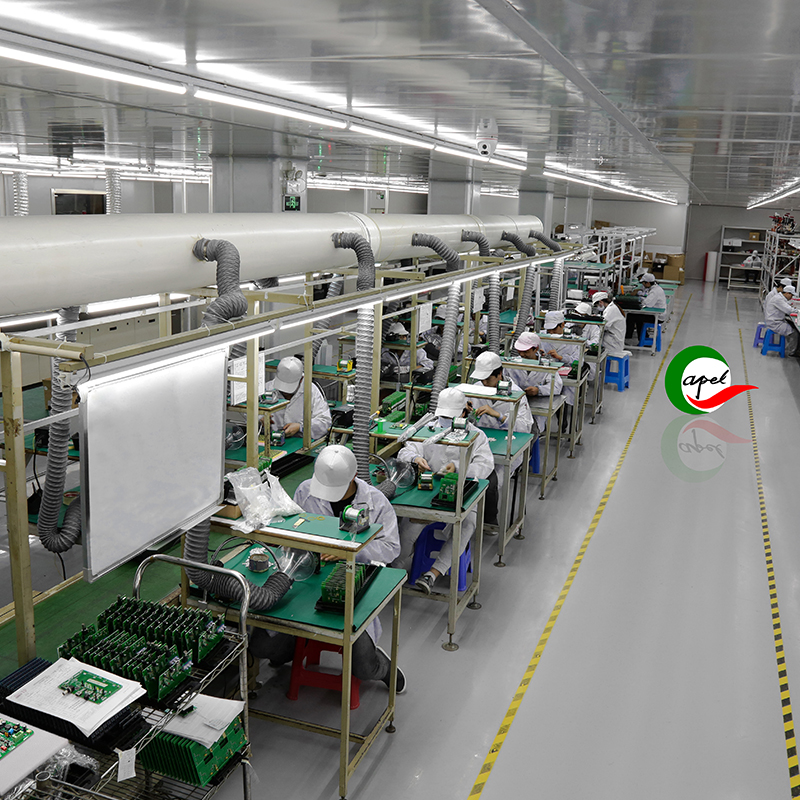Introduce:
In recent years, rigid-flex circuit boards have gained popularity due to their versatility and ability to fit into tight spaces while providing excellent electrical performance. These boards combine the advantages of traditional rigid boards and flexible circuits, making them ideal for a variety of applications requiring flexibility and reliability. However, a common question that arises is whether rigid-flex boards can be soldered to standard surface mount components. In this blog post, we will explore this topic in detail and provide you with the information you need.
Learn about rigid-flex circuit boards:
Before we delve into the topic of soldering rigid flex circuit boards using standard surface mount components, let’s first understand what a rigid flex circuit board is. Rigid-flex circuit boards are a hybrid of rigid and flexible circuit technologies, combining the best of both worlds. They consist of multiple layers of flexible circuits attached to one or more rigid boards. The design enables the creation of complex circuits that can be bent, folded or twisted depending on the requirements of the application.
Advantages of rigid-flex circuit boards:
Rigid-flex circuit boards offer many advantages over traditional rigid or flexible circuits. Some key advantages include:
1. Save space: Rigid-flex circuit boards allow for three-dimensional designs, allowing them to fit into compact spaces more efficiently. This is especially beneficial for applications where space is limited.
2. Reliability: Due to its unique design, rigid-flex circuit boards have fewer interconnections, thereby reducing the risk of failure or malfunction. The elimination of connectors and additional interconnections increases the overall reliability of the board.
3. Enhanced performance: Rigid-flex circuit boards improve signal integrity and reduce electromagnetic interference (EMI) with their excellent high-frequency performance. This makes them suitable for high-speed applications.
4. Cost-Effectiveness: While the upfront cost of rigid-flex circuit boards may be higher compared to traditional circuits, the unit cost is typically lower due to reduced assembly and interconnect requirements. Additionally, the reliability of these boards reduces maintenance and repair costs over time.
Soldering rigid-flex circuit boards with standard surface mount components:
Now, let’s address the main question: Can rigid-flex boards be soldered with standard surface mount components? The answer is yes. Rigid flex circuit boards can be soldered using standard surface mount technology (SMT). However, there are some things to keep in mind to ensure successful welding.
1. Material compatibility: It is critical to ensure that the materials used in rigid-flex panel structures are compatible with standard welding processes. The flexibility of the flex circuit layer should not hinder the soldering process, and the rigid portion should be able to withstand the high temperatures associated with reflow soldering.
2. Design considerations: Proper design of rigid-flex circuit boards is critical to successful soldering. Components should be placed strategically taking into account flexibility and bending requirements. Paying attention to thermal management and ensuring proper pad design can also improve soldering reliability.
3. Assembly technology: Using proper assembly technology is crucial for soldering rigid-flex circuit boards. Proper stencil design, solder paste deposition, and consistent reflow profiles are critical to achieving reliable solder joints. Visual inspection and precise placement of components are also critical to avoid rework or defects.
In conclusion:
In summary, rigid-flex circuit boards can indeed be soldered to standard surface mount components. However, material compatibility, design, and assembly techniques must be carefully considered to ensure the reliability and success of the welding process. Rigid-flex circuit boards offer many advantages over traditional rigid or flexible circuits, making them a popular choice for a variety of applications. By understanding the basics of soldering rigid-flex circuit boards, you can harness the technology’s full potential and create innovative and reliable electronic designs.
Post time: Oct-08-2023
Back







